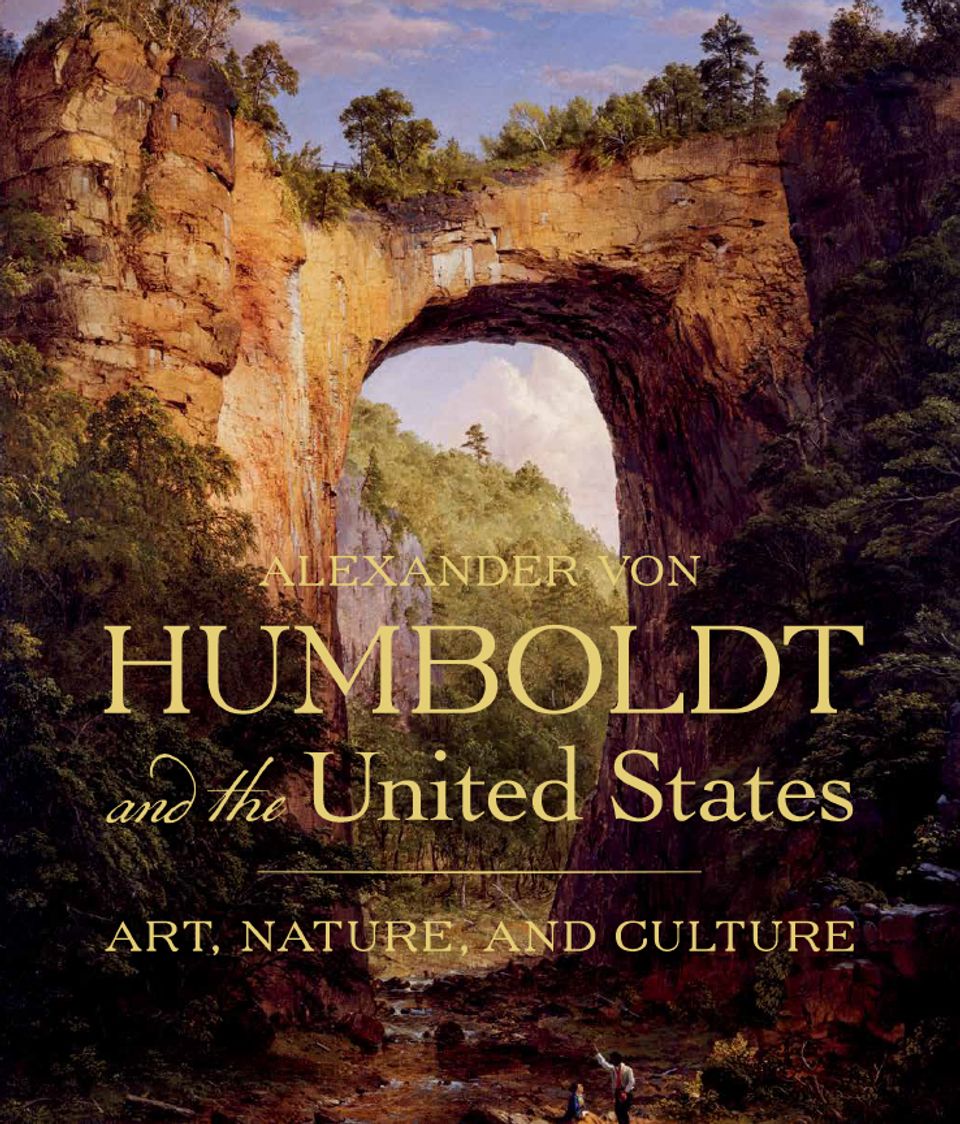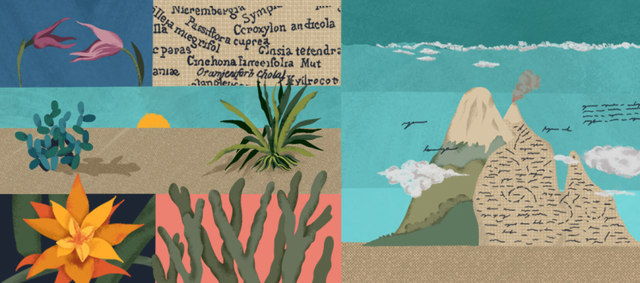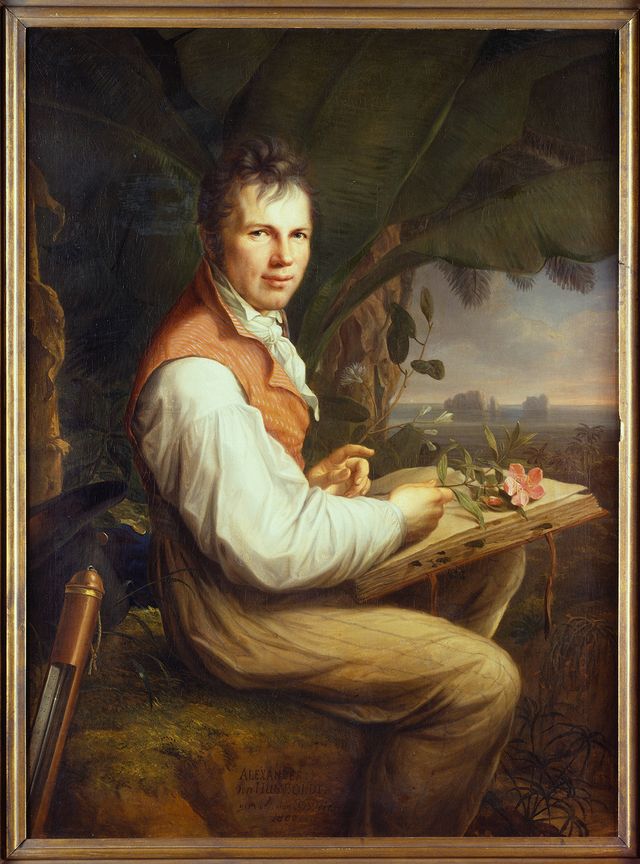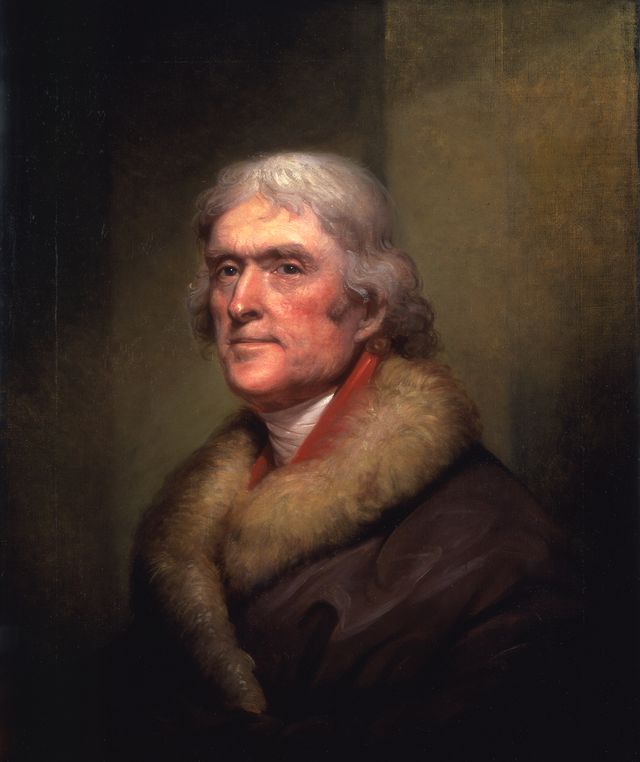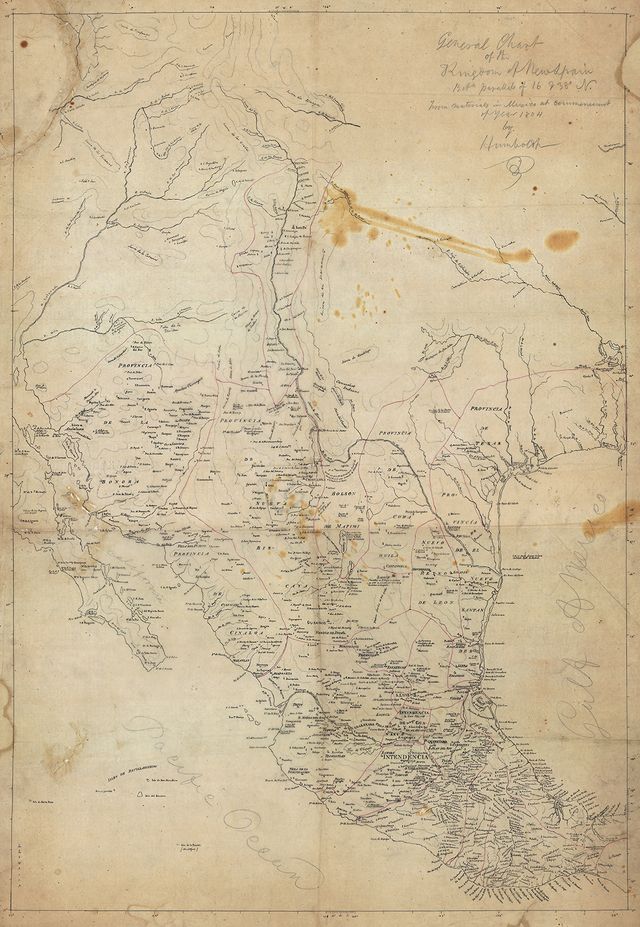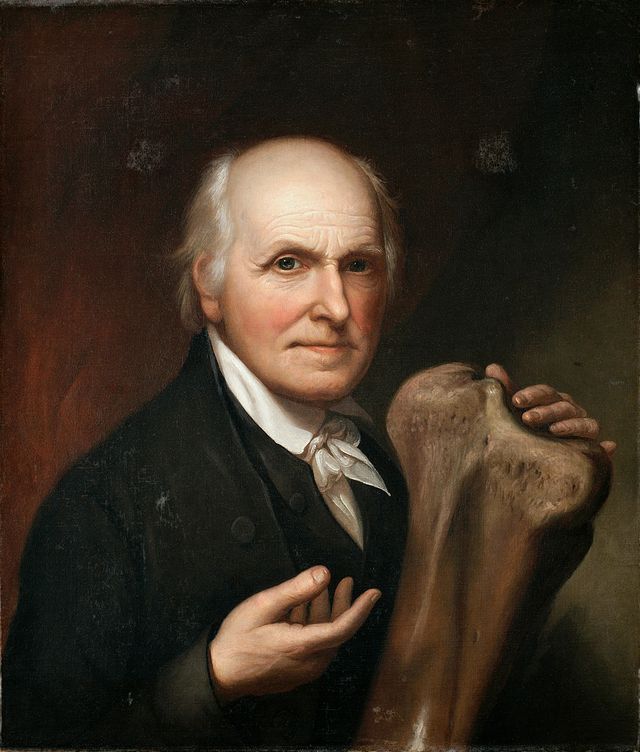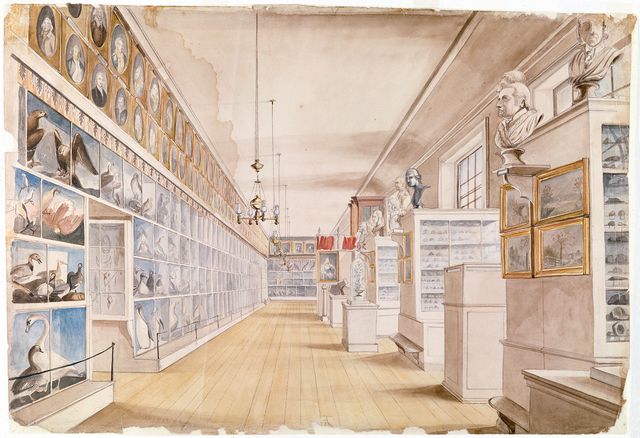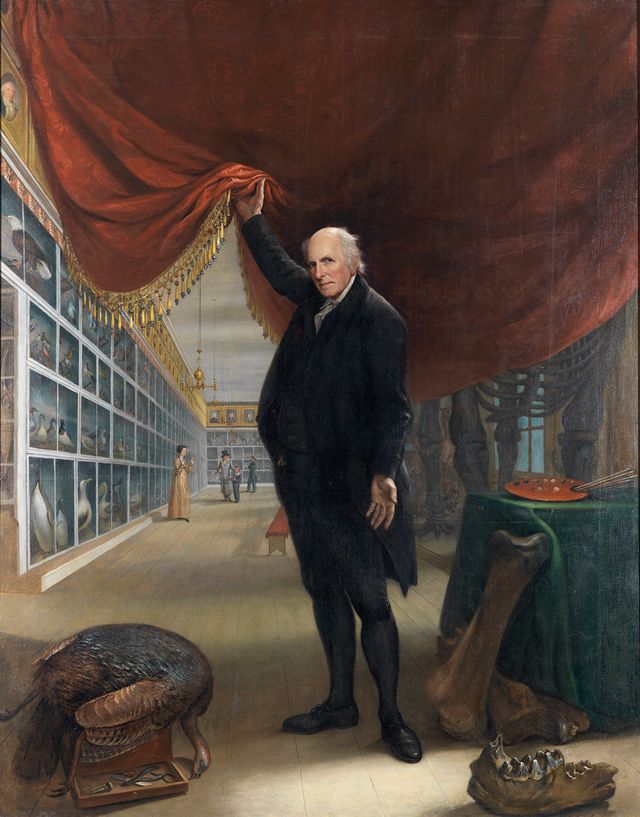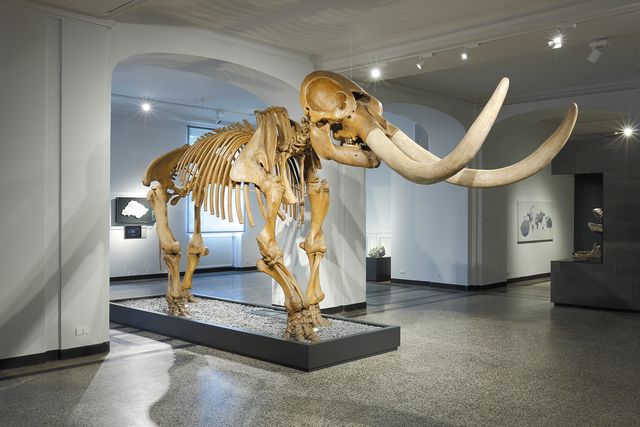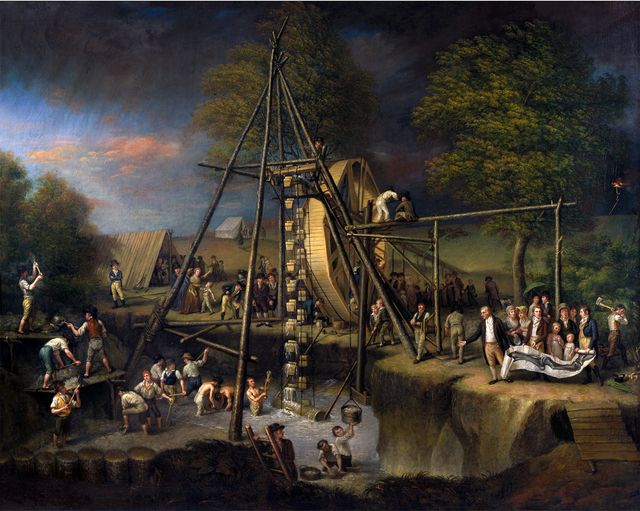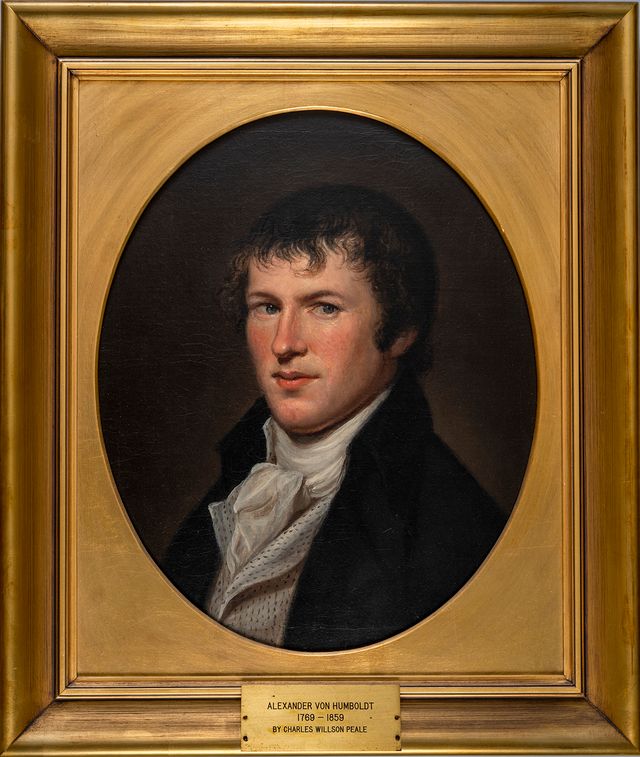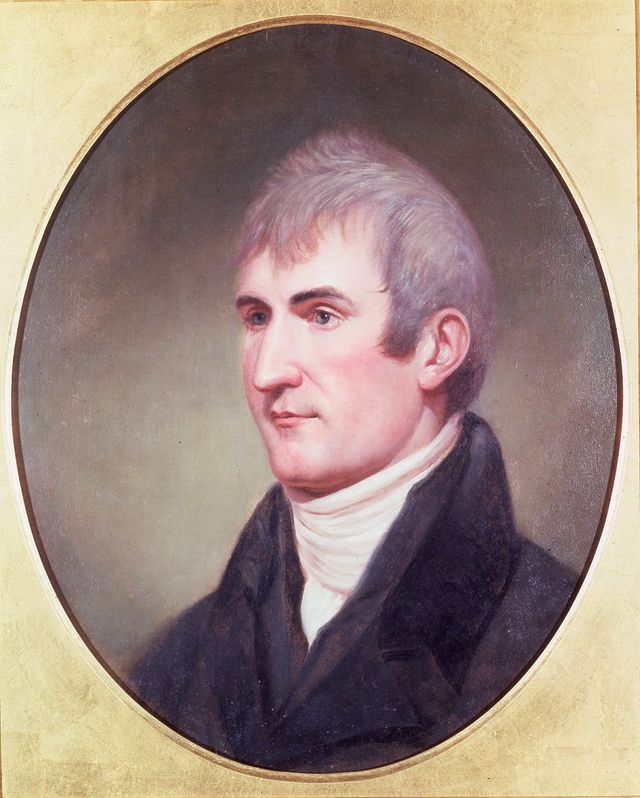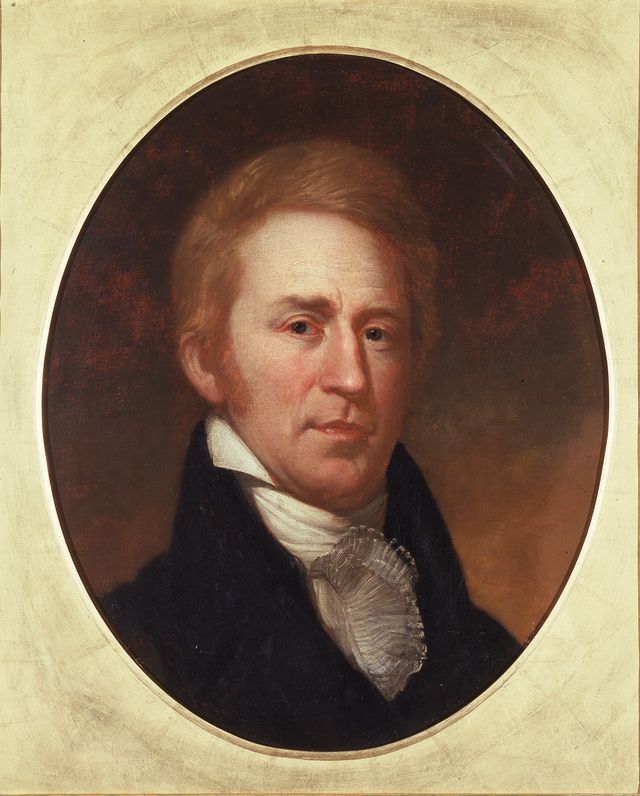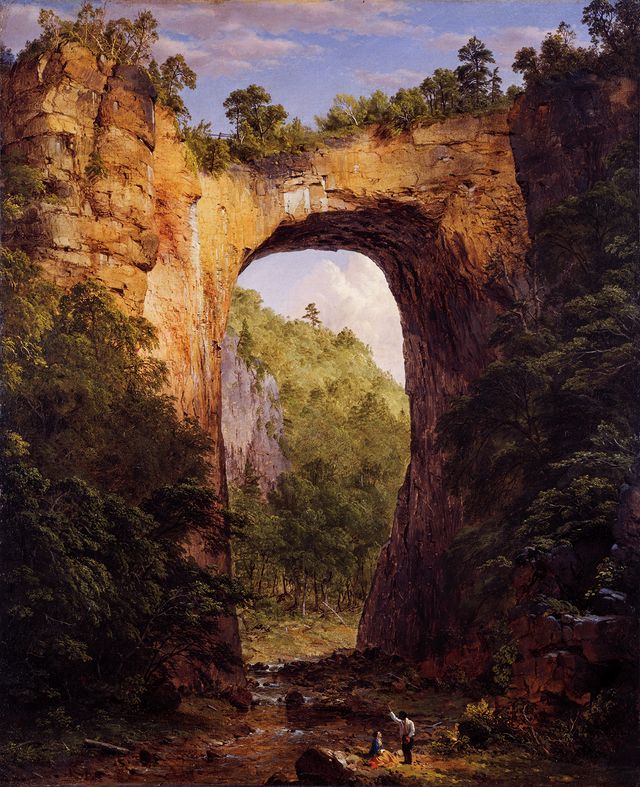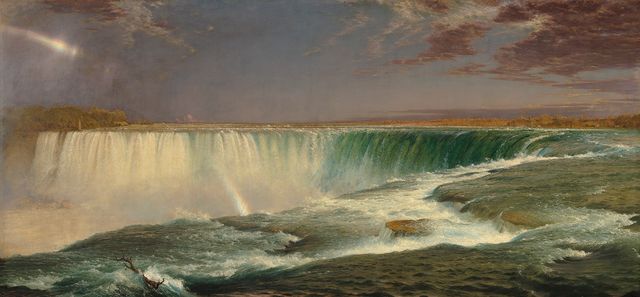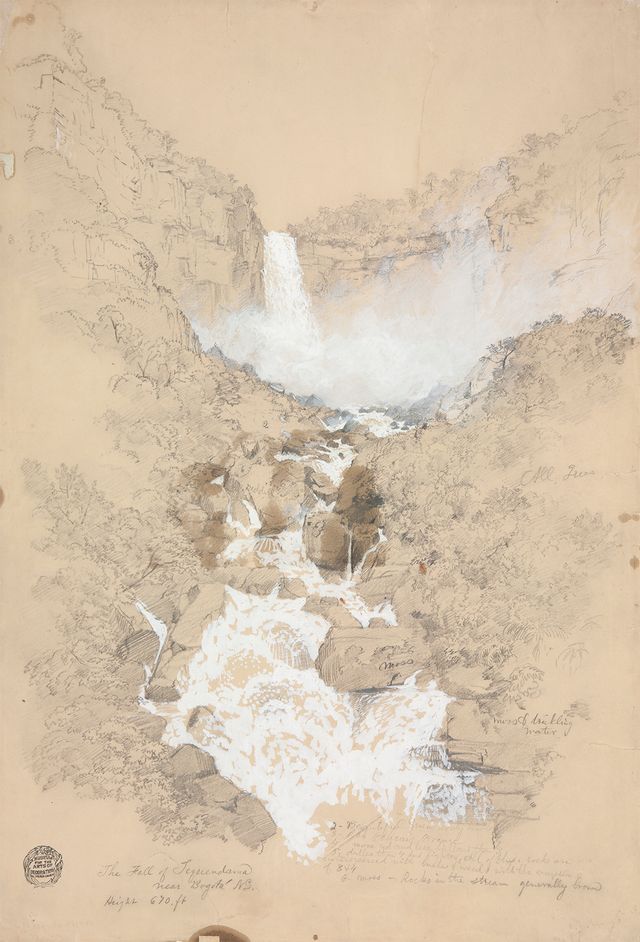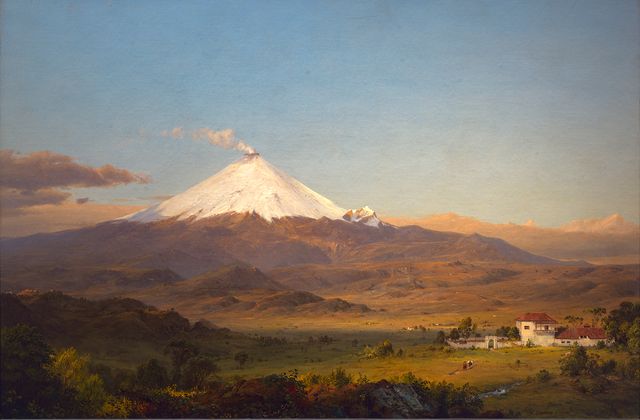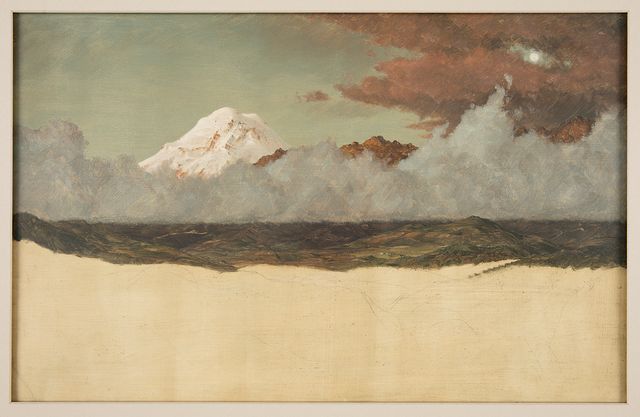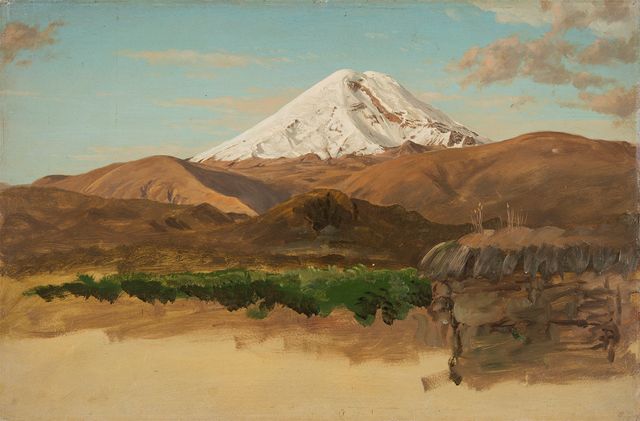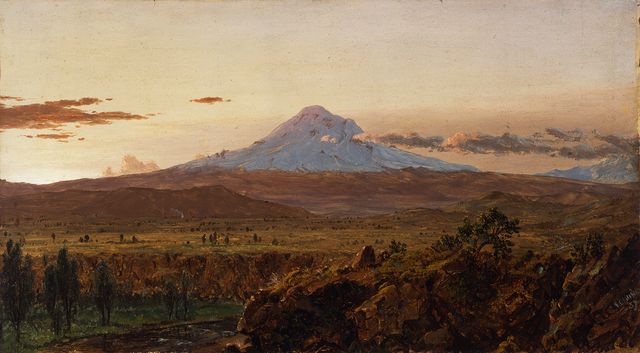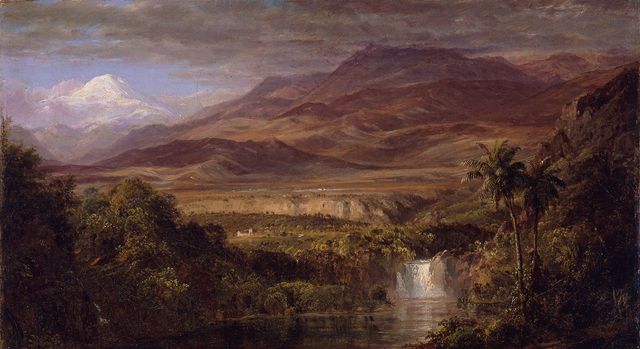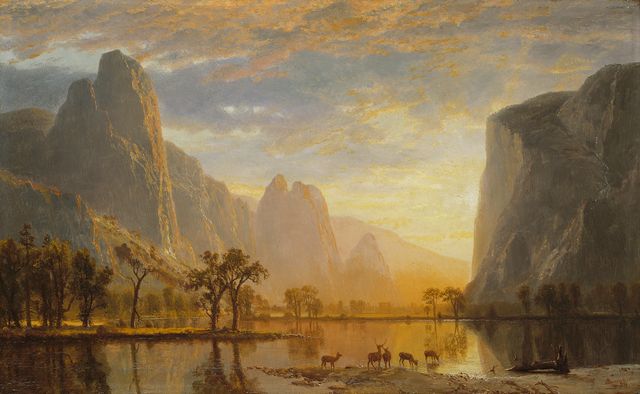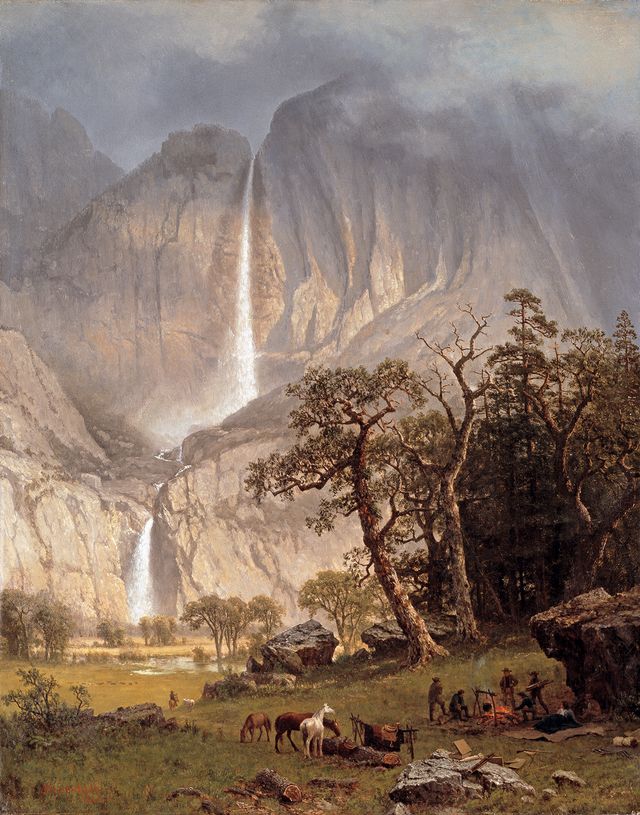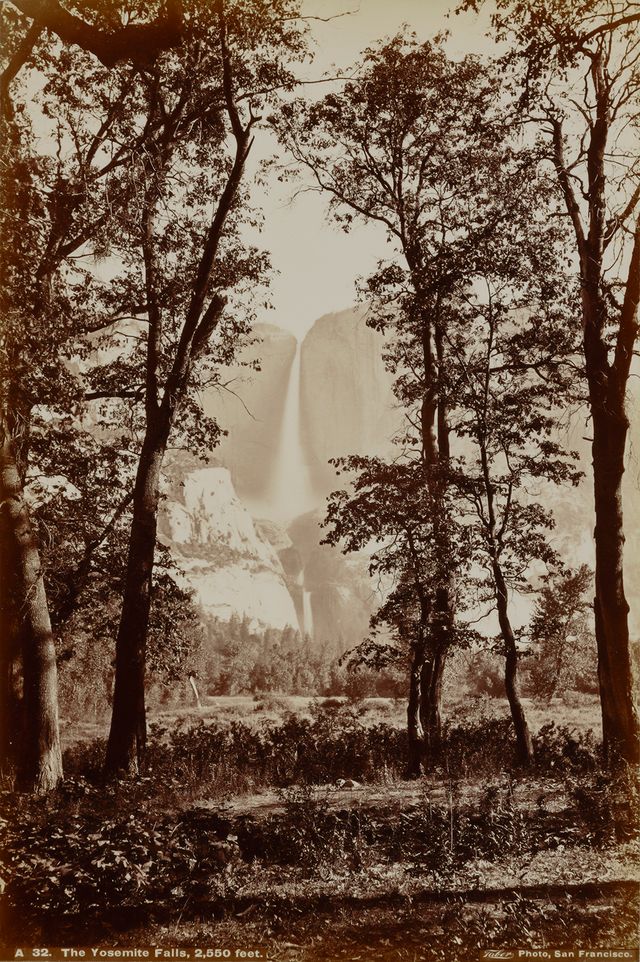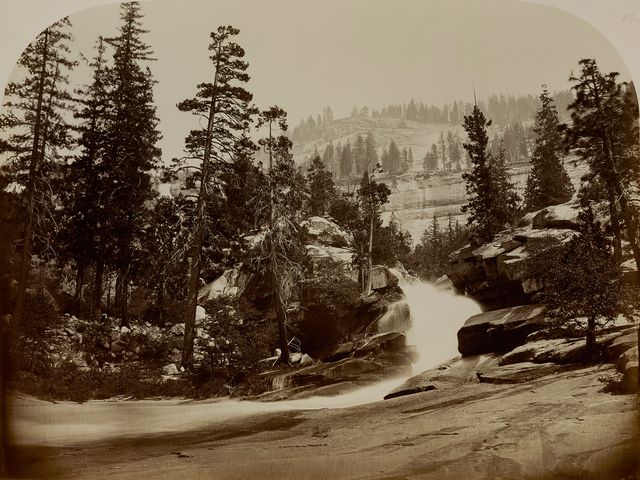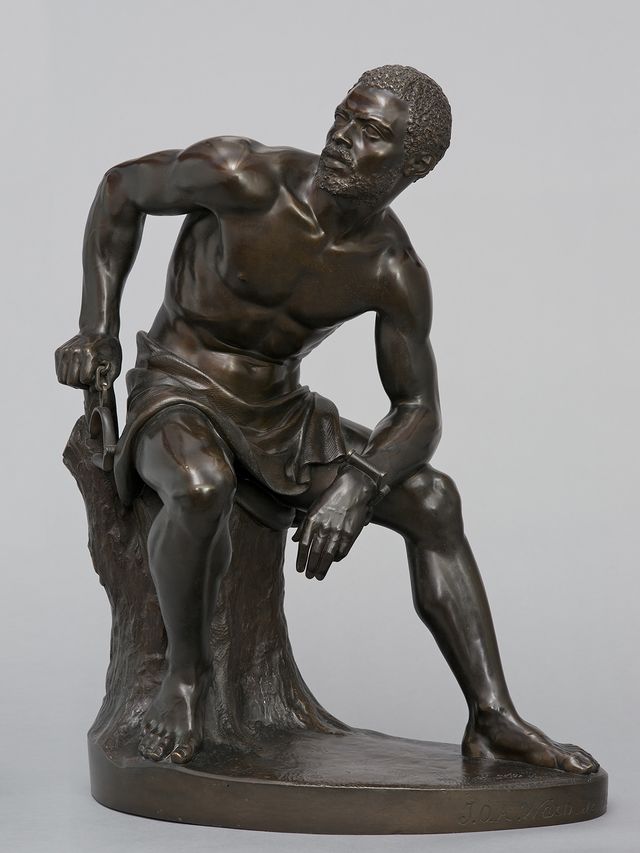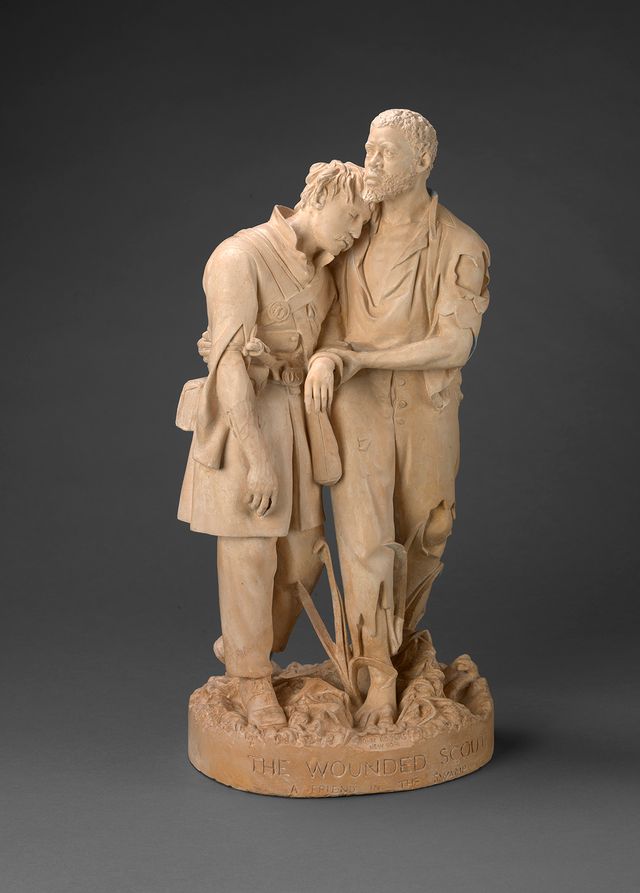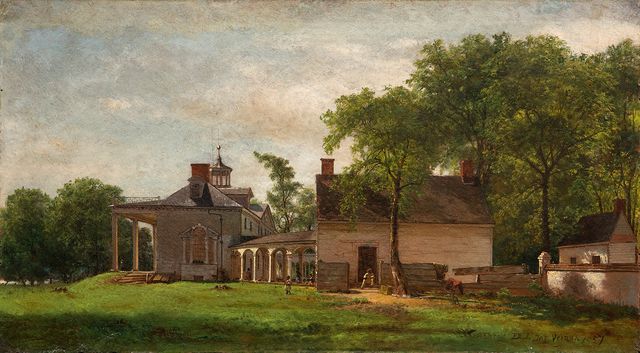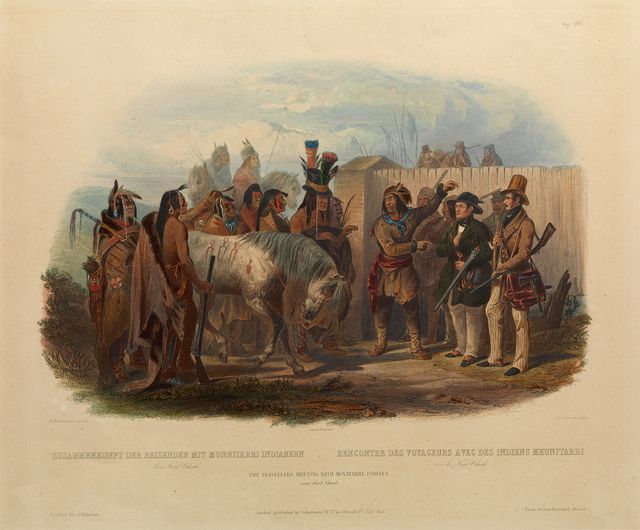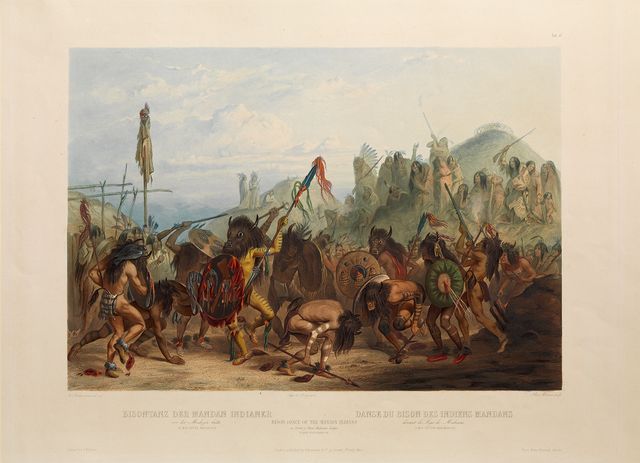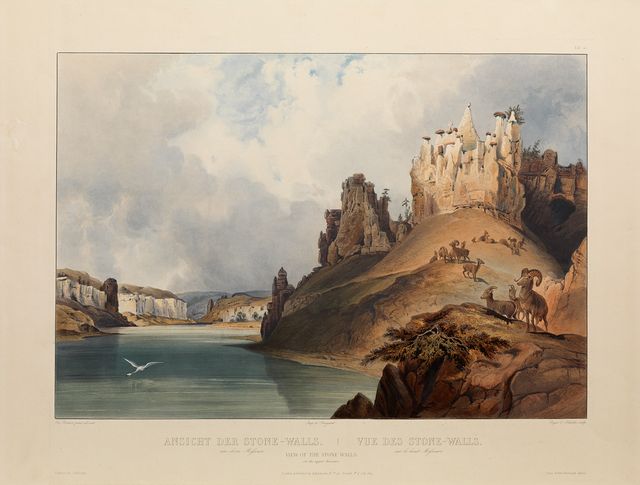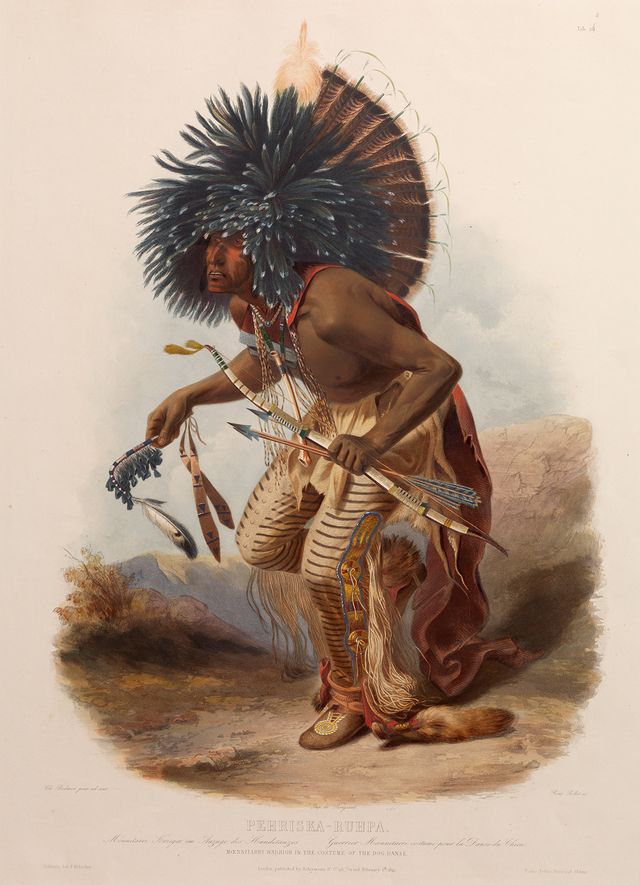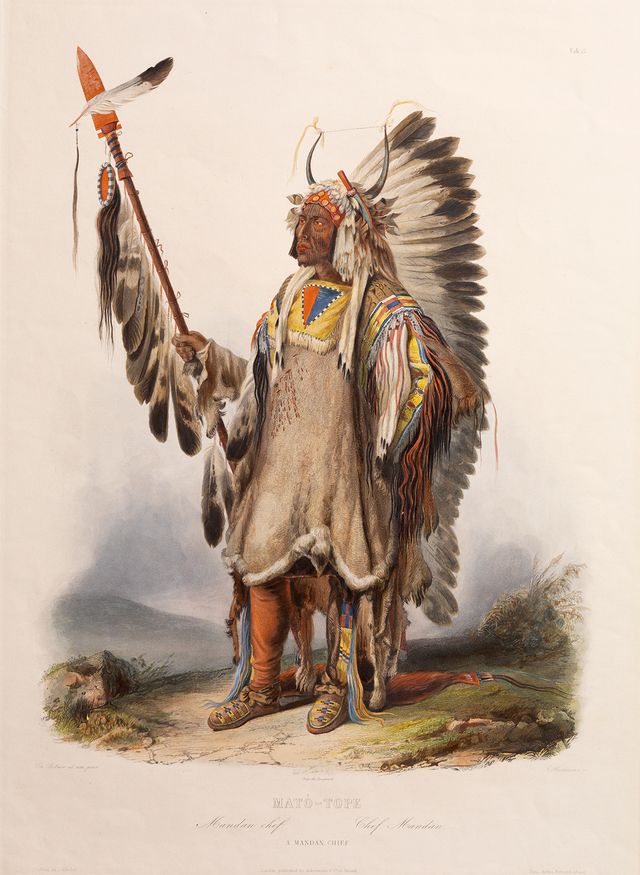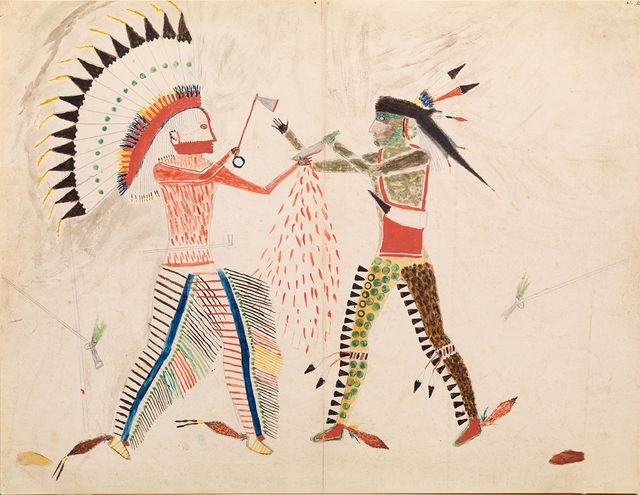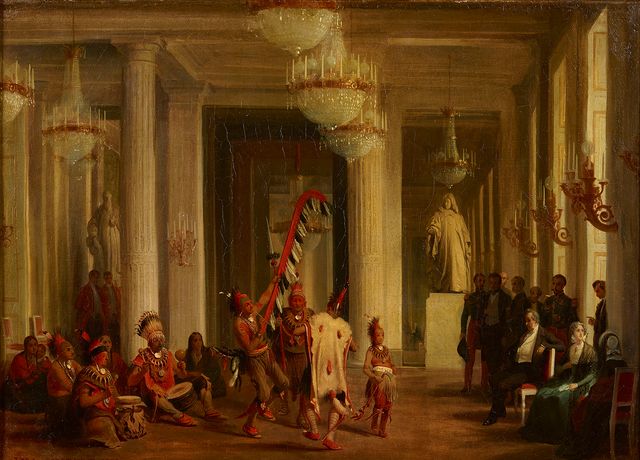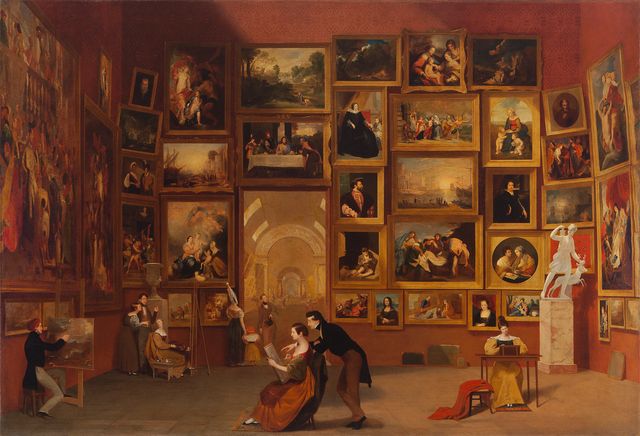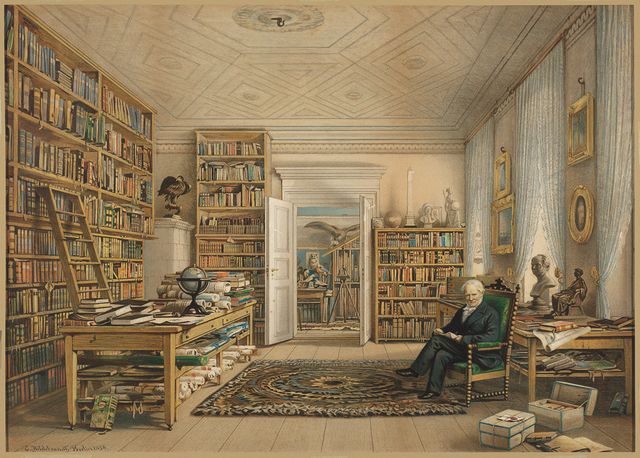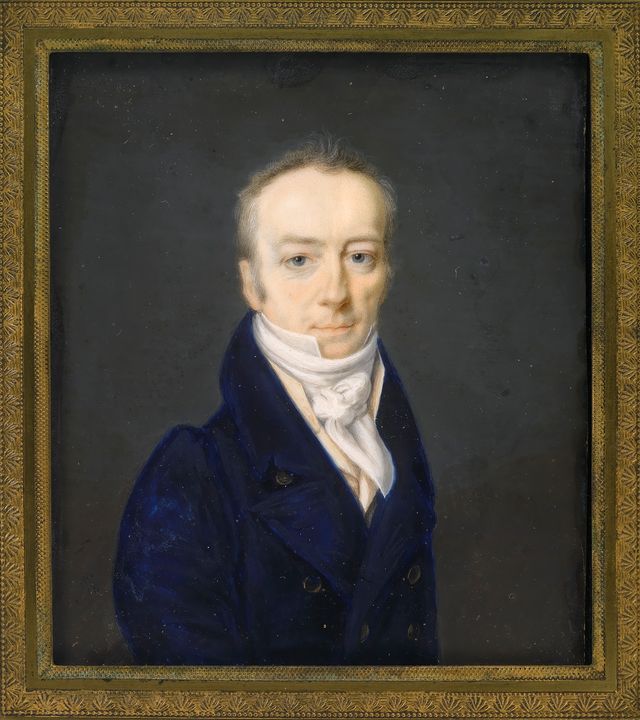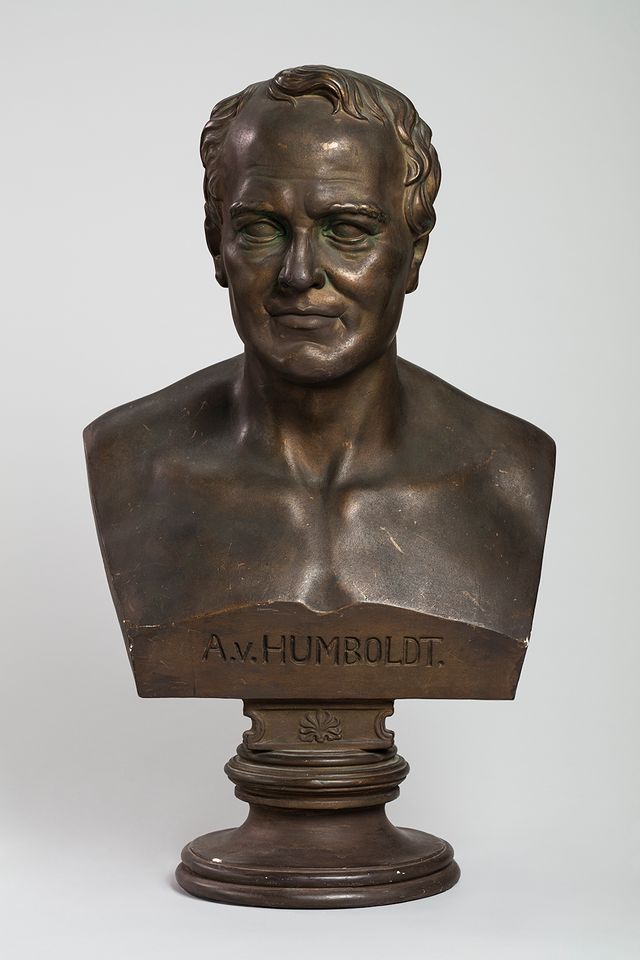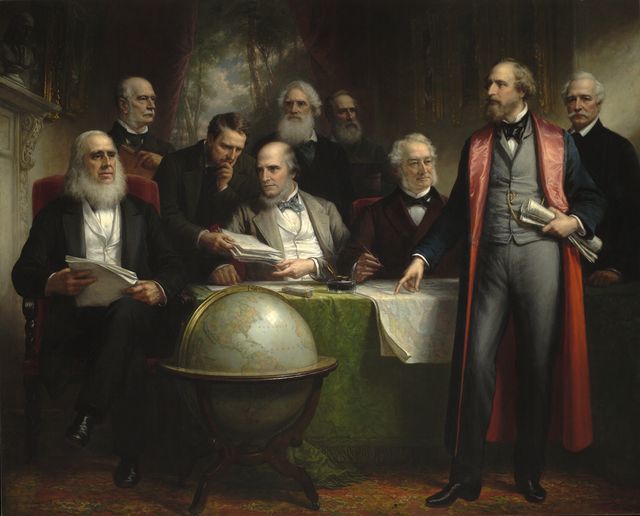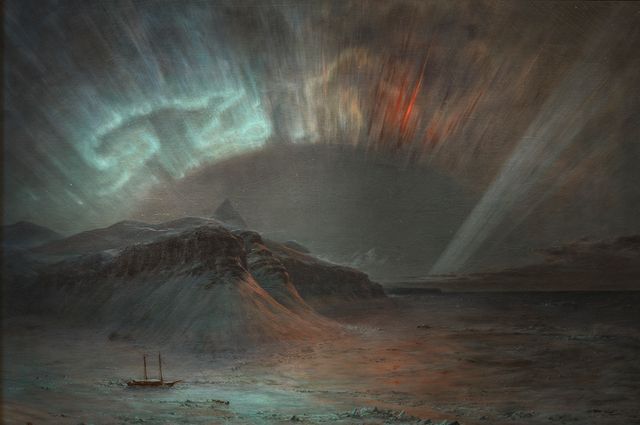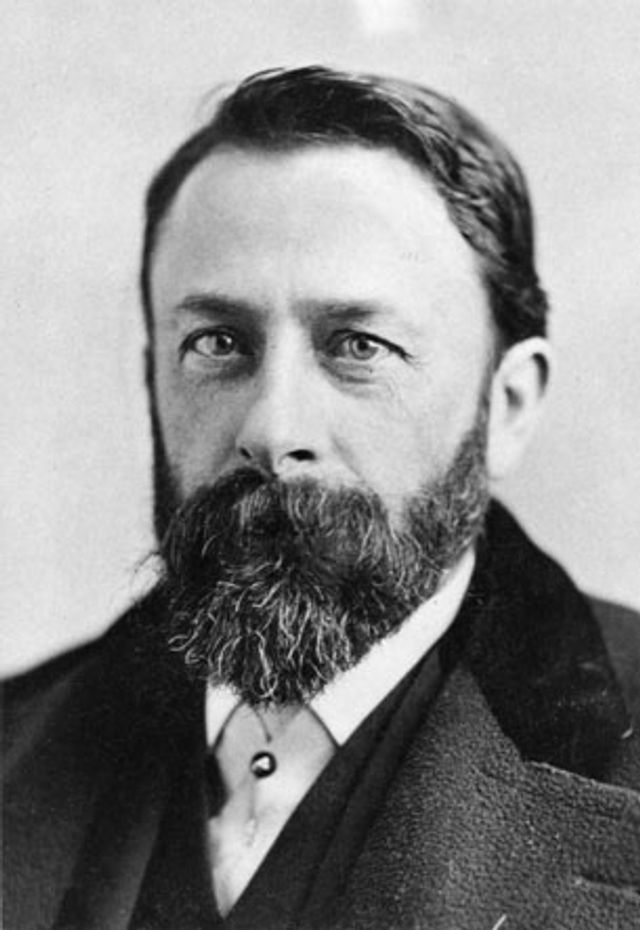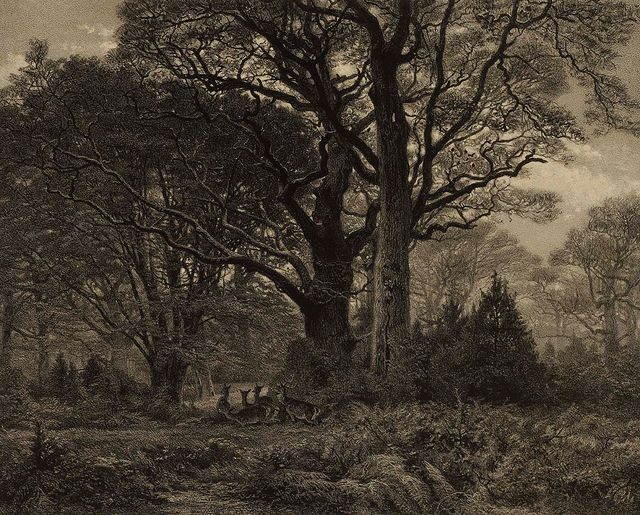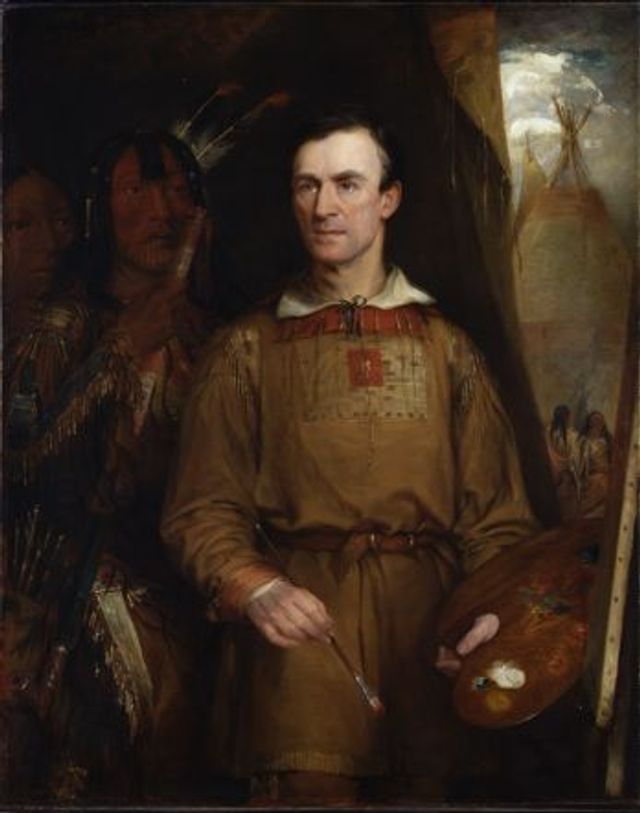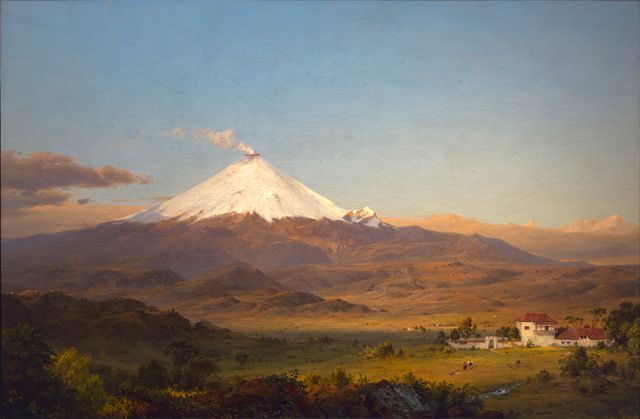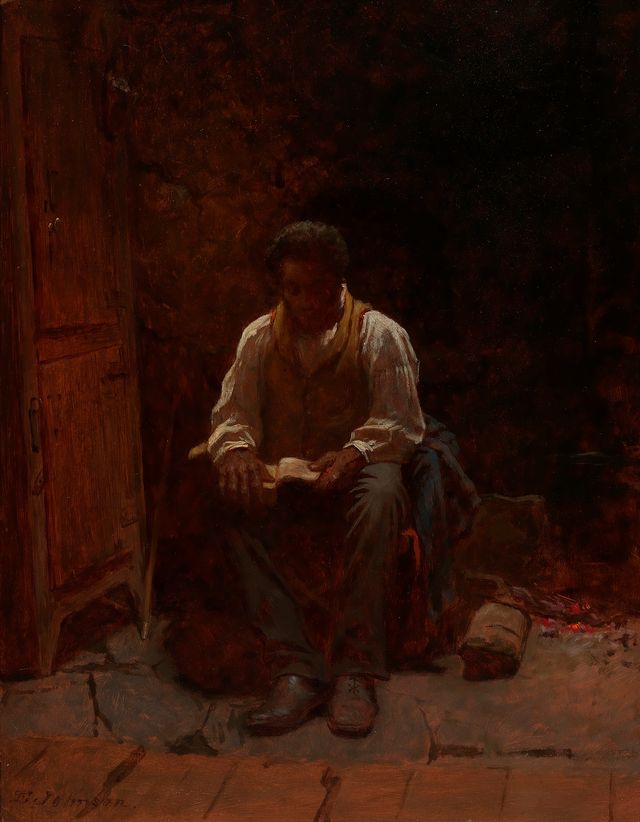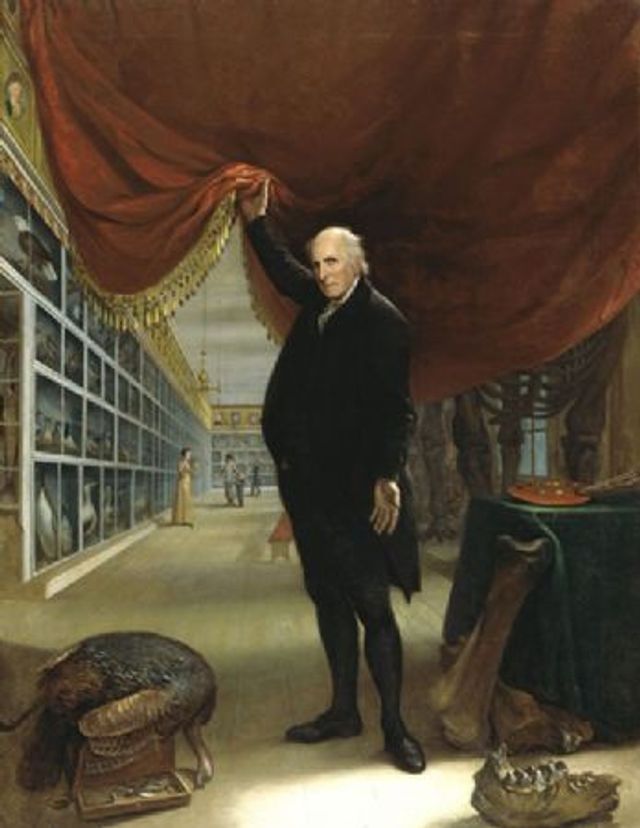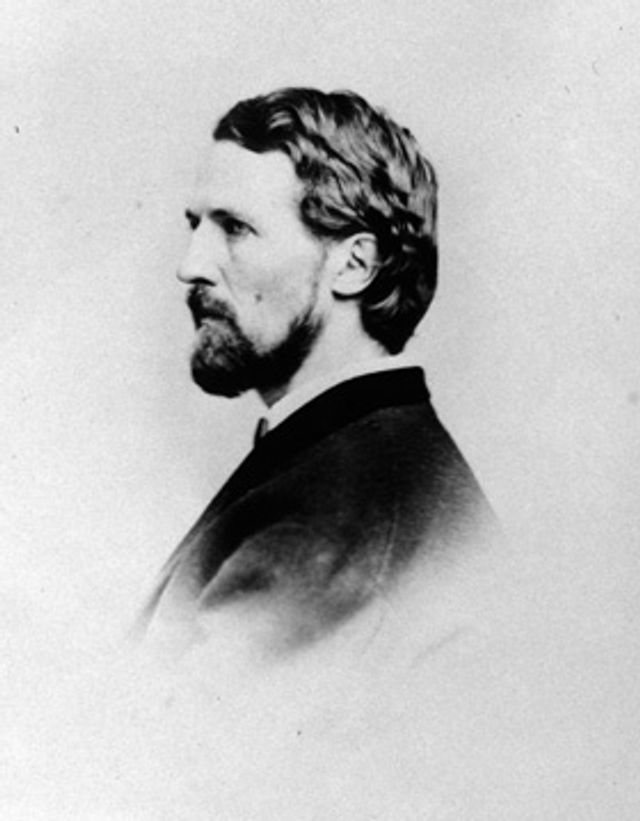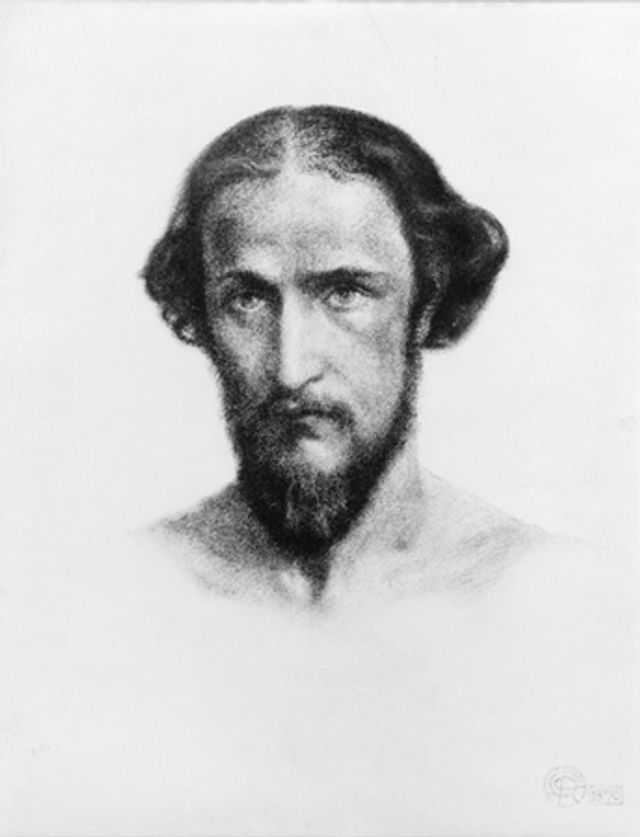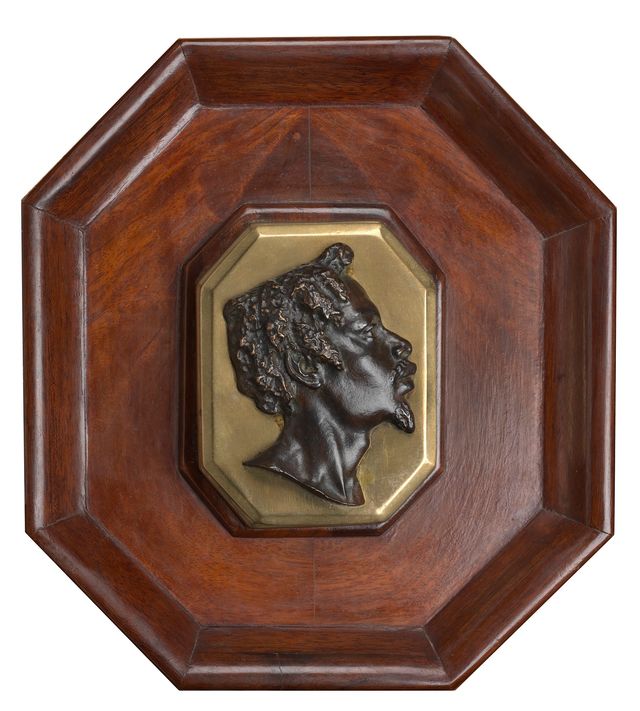Alexander von Humboldt and the United States: Art, Nature, and Culture
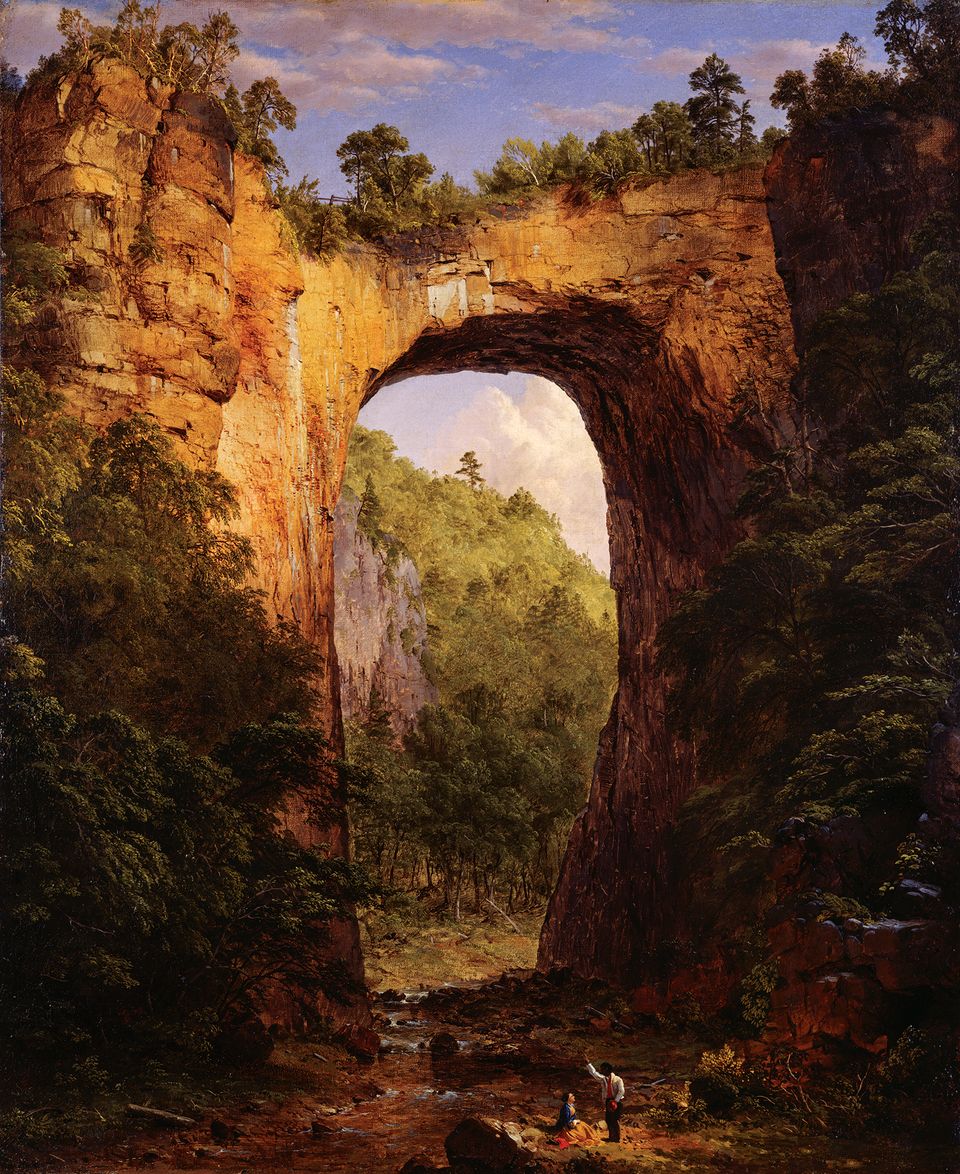
Alexander von Humboldt and the United States: Art, Nature, and Culture places American art squarely in the center of a conversation about Humboldt’s lasting influence on the way we think about our relationship to the natural world. Humboldt’s quest to understand the universe — his concern for climate change, his taxonomic curiosity centered on New World species of flora and fauna, and his belief that the arts were as important as the sciences for conveying the resultant sense of wonder in the interlocking aspects of our planet — make this a project evocative of how art illuminates some of the issues central to our relationship with nature and our stewardship of this planet.
Description
Renowned Prussian naturalist and explorer Alexander von Humboldt (1769-1859) was one of the most influential figures of the nineteenth century. He lived for 90 years, published more than 36 books, traveled across four continents, and wrote well over 25,000 letters to an international network of colleagues and admirers. In 1804, after traveling four years in South America and Mexico, Humboldt spent exactly six weeks in the United States. In these six weeks, Humboldt—through a series of lively exchanges of ideas about the arts, science, politics, and exploration with influential figures such as President Thomas Jefferson and artist Charles Willson Peale—shaped American perceptions of nature and the way American cultural identity became grounded in our relationship with the environment.
This groundbreaking exhibition was the first to examine Humboldt's impact on five spheres of American cultural development: the visual arts, sciences, literature, politics, and exploration, between 1804 and 1903. It centers on the fine arts as a lens through which to understand how deeply intertwined Humboldt’s ideas were with America’s emerging identity. The exhibition includes more than 100 paintings, sculptures, maps, and artifacts as well as a video introduction to Humboldt and his connections to the Smithsonian through an array of current projects and initiatives.
Artworks by Albert Bierstadt, Karl Bodmer, George Catlin, Frederic Church, Eastman Johnson, Samuel F.B. Morse, Charles Willson Peale, John Rogers, William James Stillman, and John Quincy Adams Ward, among others, will be on display. The installation features a digital exploration of Frederic Church’s famous landscape, Heart of the Andes (1859), enabling visitors to engage with the painting’s details in new ways. The wealth of detail is a painterly extrapolation of Humboldt’s plant geography map. The mountain at the center of the work, Chimborazo, was referred to as “Humboldt’s Mountain.” The narrated, 2.5D animated projection enables visitors to appreciate the connections between Church’s painting and Humboldt’s ideas.
The exhibition also includes the original “Peale Mastodon” skeleton, on loan from the Hessisches Landesmuseum Darmstadt, with ties to Humboldt, Peale and an emerging American national identity in the early nineteenth century. Its inclusion in the exhibition represents a homecoming for this important fossil that has been in Europe since 1847, and emphasizes that natural history and natural monuments bond Humboldt with the United States.
Alexander von Humboldt and the United States: Art, Nature, and Culture is organized by Eleanor Jones Harvey, senior curator at the Smithsonian American Art Museum.
A major catalogue, written by Eleanor Jones Harvey, accompanies the exhibition. The book shows how Humboldt inspired a network of like-minded individuals who would go on to embrace the spirit of exploration, decry slavery, advocate for the welfare of Native Americans and extol America’s wilderness as a signature component of the nation’s sense of self. Harvey traces how Humboldt’s ideas influenced the transcendentalists and the landscape painters of the Hudson River School, and laid the foundations for the Smithsonian, the Sierra Club, and the National Park Service. The catalogue, co-published by the Smithsonian American Art Museum and Princeton University Press, is available for purchase ($90).
Note: Alexander von Humboldt and the United States: Art, Nature, and Culture was originally scheduled to open to the public on March 20, 2020. The Smithsonian closed all its museums on March 14 as a public health precaution due to the global pandemic. SAAM was closed from March 14 through September 17, 2020. The exhibition finally opened to the public on September 18, only to close again on November 23, 2020, and then re-open for a final run from May 14 through July 11, 2021.
Visiting Information
Publications
Videos
Credit
Alexander von Humboldt and the United States: Art, Nature, and Culture is organized by the Smithsonian American Art Museum with generous support from Joanne and Richard Brodie, Billings and John Cay, Fern and Hersh Cohen, Sheila Duignan and Mike Wilkins, Embassy of the Federal Republic of Germany, Marie M. Halff, Liliane A. and Christian W.E. Haub, Raymond J. and Margaret Horowitz Endowment, Kandeo Asset Management, Maureen and Gene Kim, LATAM Trade Capital, Robert Lehman Foundation, Henry Luce Foundation, The Lunder Foundation – Peter and Paula Lunder Family, Provost of the Smithsonian, Lucy S. Rhame, Holly and Nick Ruffin, Jacquelyn and William Sheehan, Smithsonian Scholarly Studies Awards, Terra Foundation for American Art, and Kelly Williams and Andrew Forsyth.
This exhibition is supported by an indemnity from the Federal Council on the Arts and the Humanities. The accompanying catalogue is supported by Furthermore: a program of the J.M. Kaplan Fund.

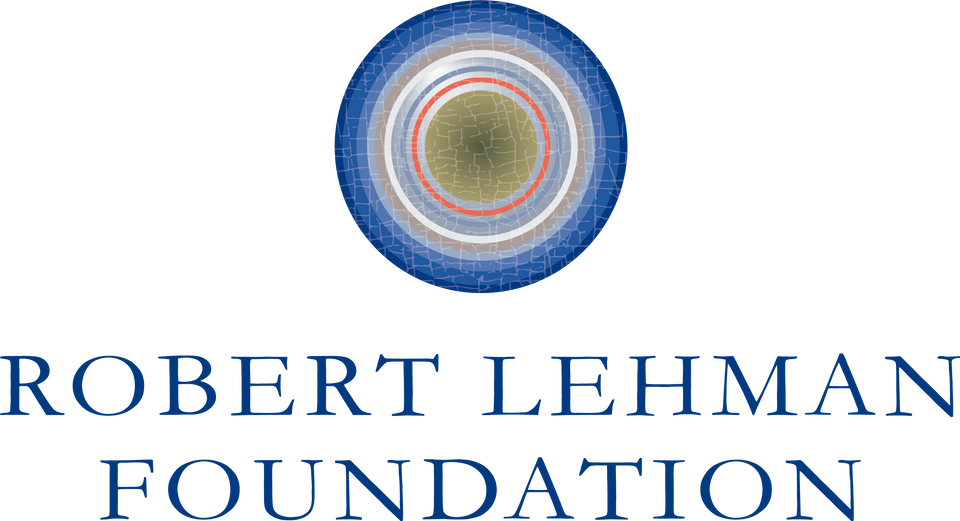

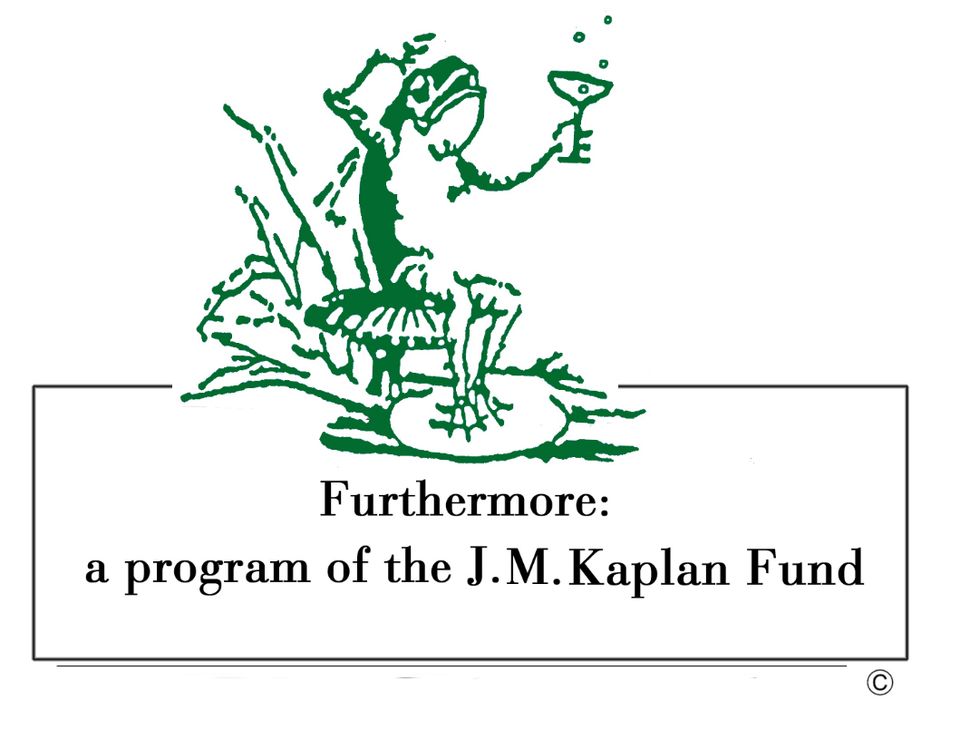
SAAM Stories

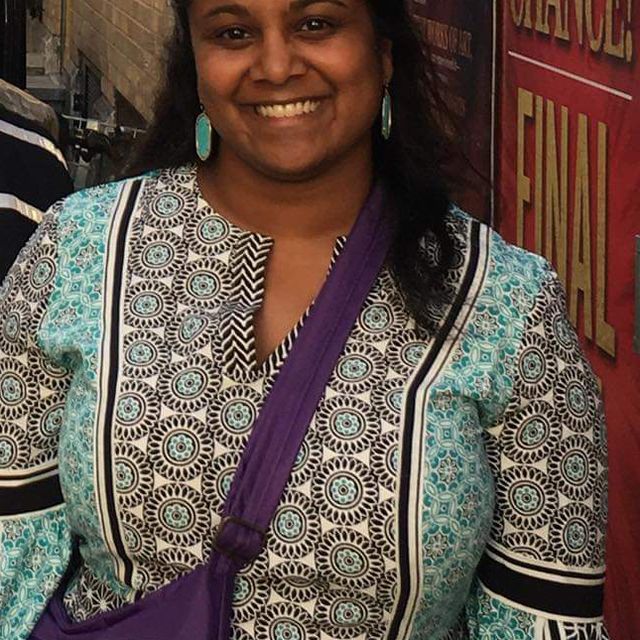




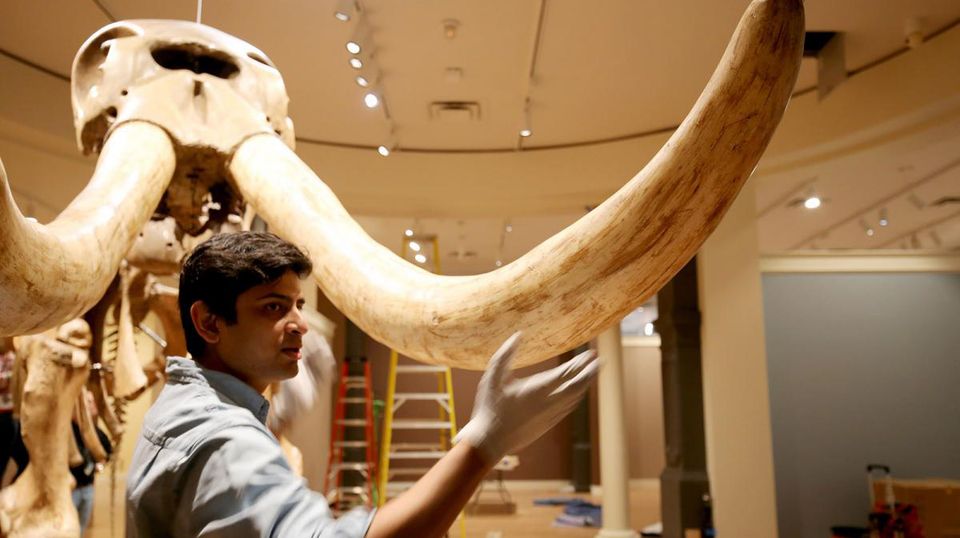
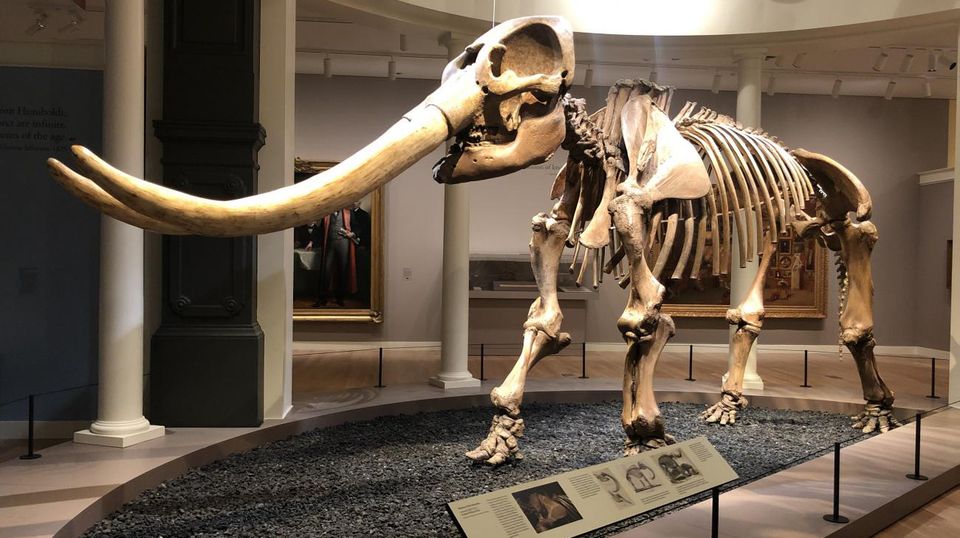
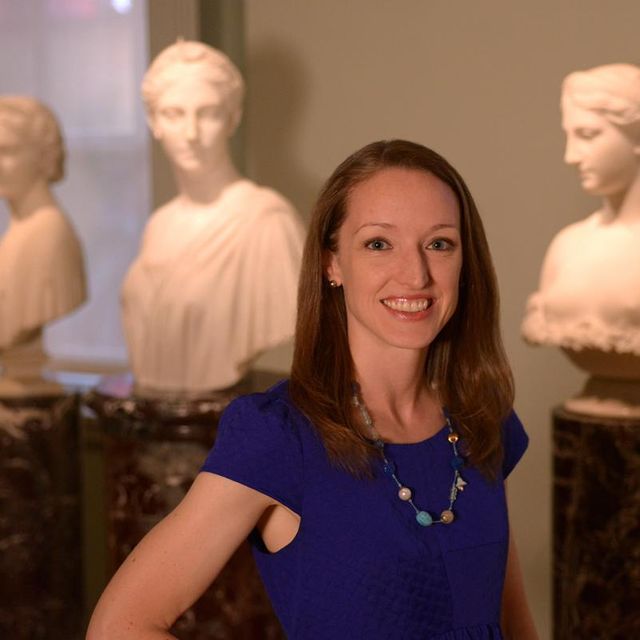
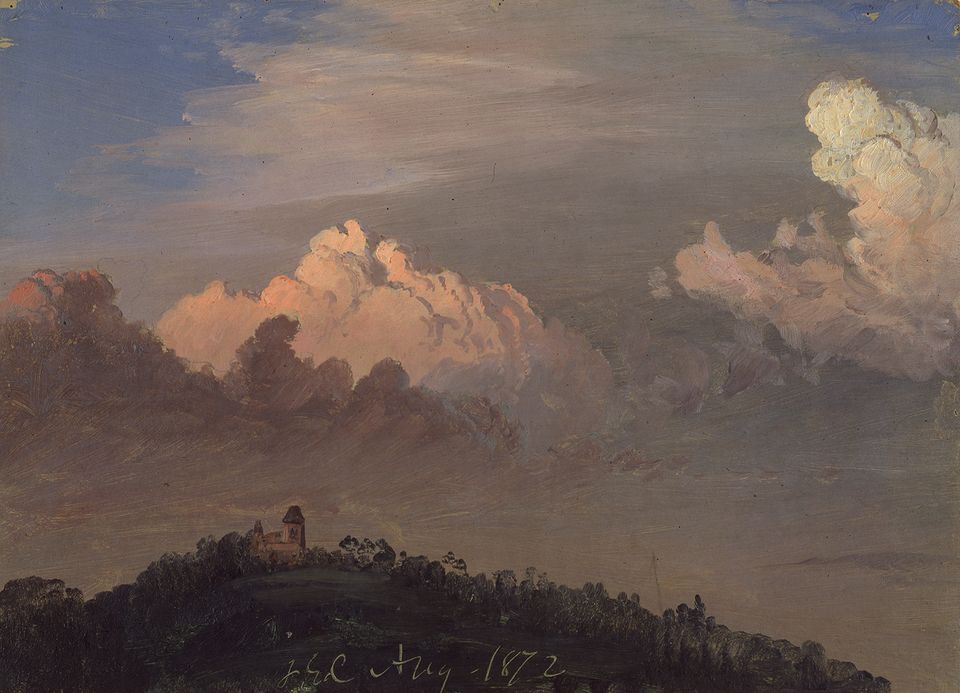

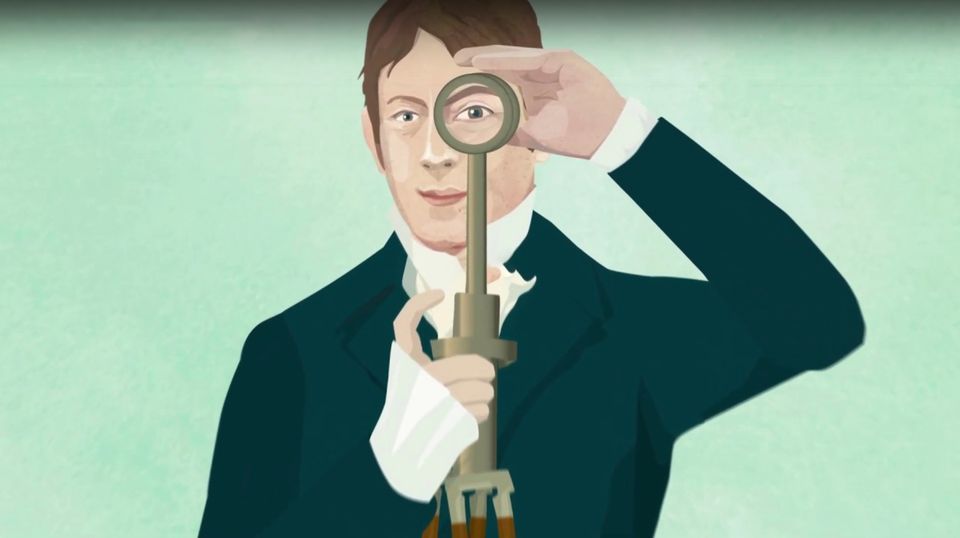


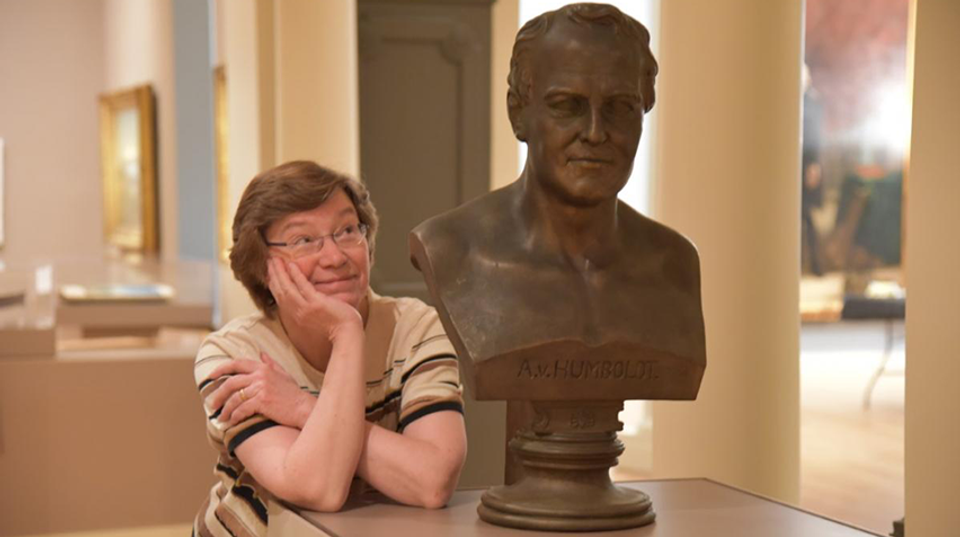
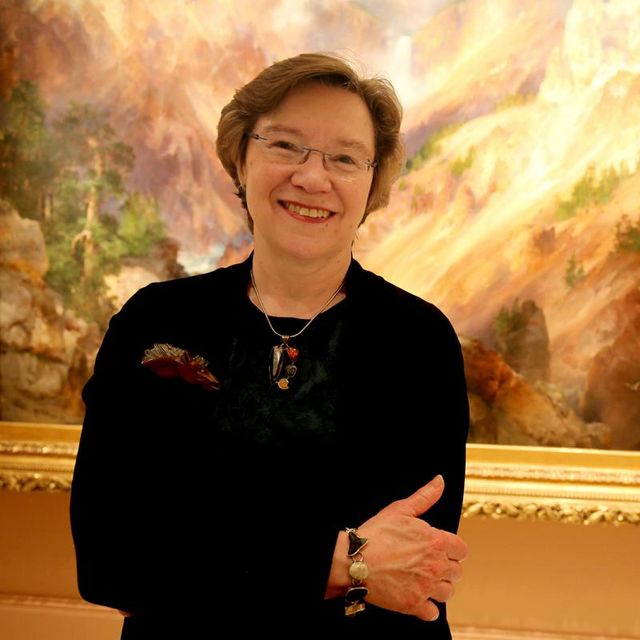
3D Tour
“Harvey’s exhibition. . . connects dots in masterful ways, linking art, science and politics.”
—Philip Kennicott, The Washington Post
“It's so timely, the importance of science and inquiry and the creativity it inspires.”
—Peter Winant, WETA's Around Town
Podcast
Listen to "The Last Man Who Knew It All,” episode 2 from Sidedoor: A Podcast from the Smithsonian.
In The News
DCist, February 24, 2020, “A 14,000-Year-Old Mastodon Will Stand Tall At The Smithsonian American Art Museum”
Smithsonian Magazine, May 1, 2020, “This Mastodon is a Centerpiece of an Art Exhibition. Why?”
The Modern Art Notes Podcast, May 14, 2020, “No. 445: Humboldt and the United States”
The Washington Post, July 1, 2020, “What do Thomas Jefferson, a mastodon skeleton and Alexander von Humboldt have in common? The answer is locked inside the Smithsonian.”
Smithsonian Magazine, September 17, 2020, “The Man Who History Forgot”
Online Gallery
Artists
Born in Germany. Immigrated to the United States as a child. Paintings show an idealistic view of the American wilderness.
"If my life be spared, nothing shall stop me from visiting every nation of Indians on the Continent of North America." With these words George Catlin staked his artistic claim.
Church and Thomas Cole, the two most esteemed painters of the Hudson River school, were associated from 1844 to 1846 as pupil and master.
Born 15 April 1741, Queen Anne's County, Md. 1750, death of father. 1751, family moved to Annapolis. 1754, apprenticed to a saddler. 1761, established a shop in Annapolis. 1762, married Rachel Brewer.
Born in Massachusetts, later lived in Chicago and New York City.
William James Stillman was a painter, journalist, art critic, and photographer. He spent most of his life traveling between Europe and America, painting and working as a correspondent for London and New York newspapers.















